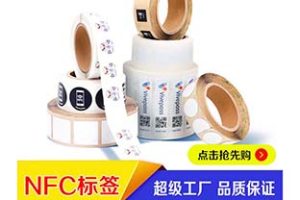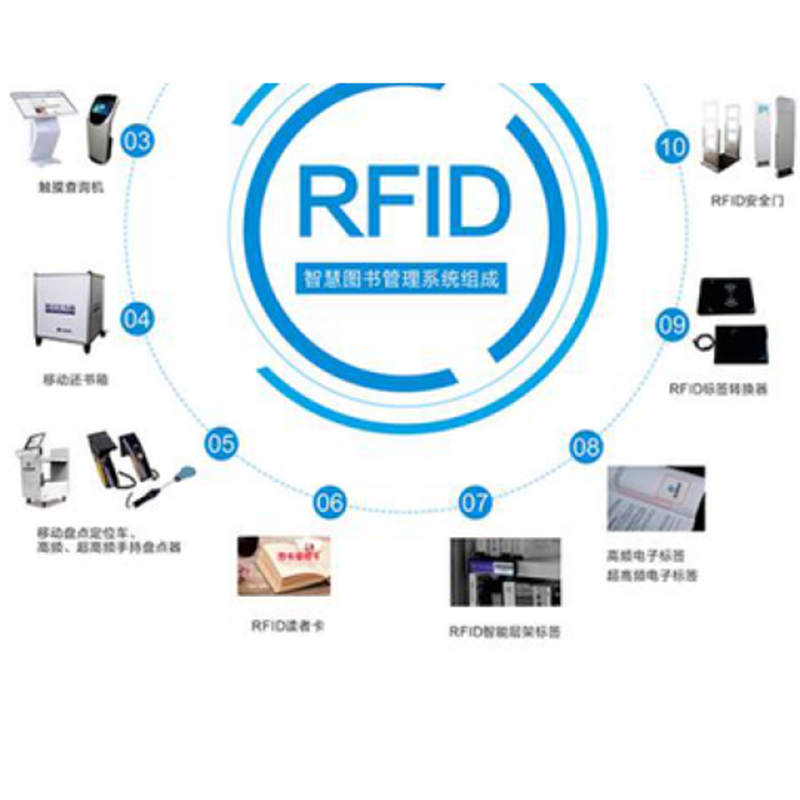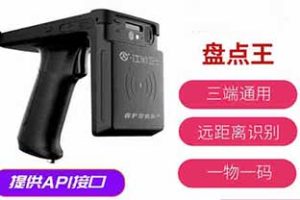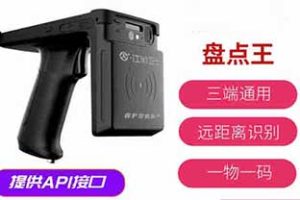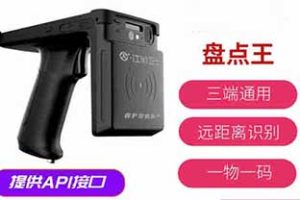rfid 技术车辆挡风玻璃标签的特点及应用
在汽车行业中RFID技术发挥着越来越重要的作用,它使用无线电波对物品进行身份识别和跟踪,为汽车相关行业提供了许多便利。RFID挡风玻璃标签主要用于车辆管理领域,通过在车辆挡风玻璃上粘贴RFID标签,实现对车辆的自动识别和管理。 RFID挡风玻璃标签采用刀纹防撕裂设计,具有良好的防撕防转移功能,确保“一物一码”的防转移特性。
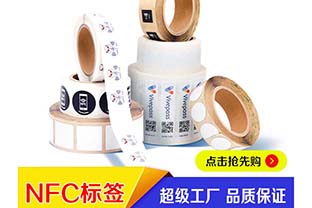
rfid 技术车辆挡风玻璃标签的特点及应用
的特点
1、存储容量大 超高频挡风玻璃标签具有大容量的存储器,可以存储更多的数据,如车辆信息、驾驶员身份等,这对于车辆管理、安全性验证和授权访问非常有益。
2、读取速度快距离远 超高频挡风玻璃标签可以实现较长的读取距离,通常可达到几米甚至更远的范围,这使得在车辆行驶过程中,无需接触或靠近挡风玻璃就能够读取和识别标签信息,提高了便利性和效率。
3、抗干扰能力强 超高频挡风玻璃标签在复杂的车内环境中具有较好的抗干扰能力,防水耐用,能够在恶劣的环境下正常工作,并且对挡风玻璃上可能发生的震动、温度变化等情况具有较好的适应性。
rfid 技术车辆挡风玻璃标签的特点及应用
的相关应用
1、运输车辆管理 通过在称重点、检测站等地安装RFID读写器和RFID天线,实现对进出工程场地的运输车辆如:土石方车、渣土车、称重车等进行远距离自动识别,实现不停车快速通过,对车辆进行计数统计、结算统计等,提升运输车辆通行速度,减少人力成本。
2、新车、二手车管理 车辆交易市场(4S店、二手车交易市场)在收车后粘贴并绑定RFID车辆挡风玻璃标签,验车合格后驶入仓库的过程中RFID远距离读写设备可不停车识别标签完成入库。利用RFID手持读写器在汽车挡风玻璃上的RFID标签识别范围内,可自动识别RFID标签完成盘点。出库时车辆经过RFID远距离读写器,扫描车辆上电子标签后录入车辆出库信息,然后把车辆相关信息同步到后台中实时清楚仓库内各车辆出入库情况与库存信息。
3、园区内车辆身份验证 在一些特殊的园区如:部队、企事业单位等场所,通过超高频挡风玻璃标签可用于车辆身份验证和授权访问,确保只有授权车辆可以进入特定区域。 RFID车辆挡风玻璃标签是非常实用的电子标签,可以广泛应用于车辆管理的各种场景,如:车辆身份识别、车辆年检追踪管理、汽车金融抵押资产管理、二手车管理、运输车辆管理、4S店新车管理等,从而提高车辆管理效率。
rfid 技术车辆挡风玻璃标签的特点及应用
欢迎新老客户来电祥询,我们支持小批量及外观定制。我们将免费为您提供1V1技术咨询服务!我们在深圳光明中试产业基地有3000+平米的研发中心,我们研发中心有12+间实验室,我们欢迎广大新老客户来电咨询,本公司支持小批定制及包装设计,
我们研发实力雄厚,是您信得过的生产厂家,欢迎来电或sales@molddl.com咨询,免费样品请联系!
本文收录于百度文库
本公司支持小批定制及包装设计及代加工

